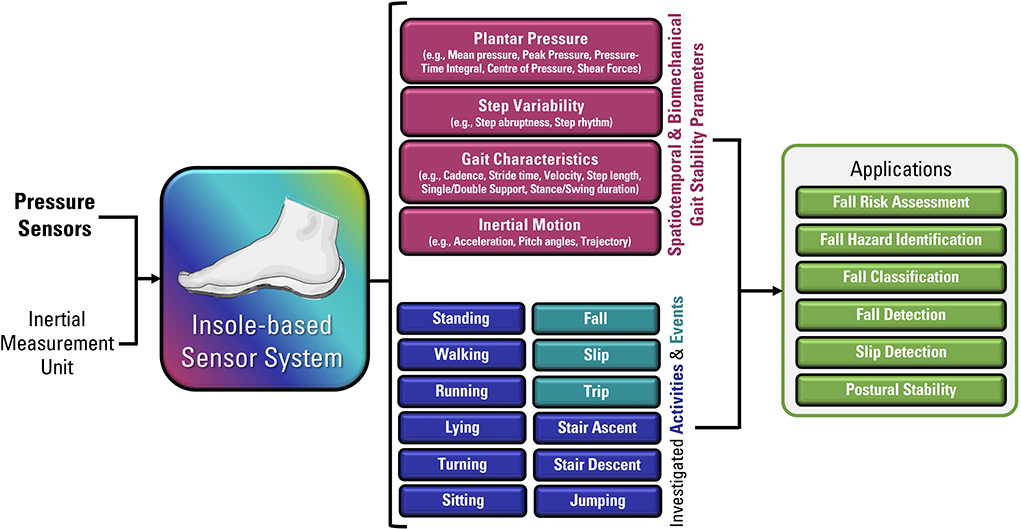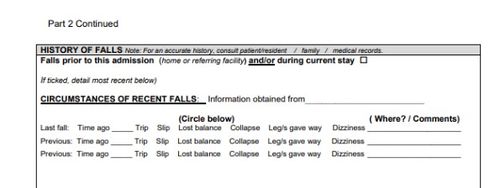Dementia Fall Risk for Beginners
Table of ContentsWhat Does Dementia Fall Risk Do?How Dementia Fall Risk can Save You Time, Stress, and Money.The Single Strategy To Use For Dementia Fall Risk6 Simple Techniques For Dementia Fall RiskAbout Dementia Fall Risk
The FRAT has three areas: drop threat standing, threat variable checklist, and activity plan. A Loss Threat Status consists of information concerning history of recent falls, drugs, emotional and cognitive status of the person - Dementia Fall Risk.If the client ratings on a risk variable, the matching number of factors are counted to the client's loss danger rating in the box to the much. If a patient's fall threat score completes 5 or greater, the person goes to high threat for drops. If the patient ratings only 4 factors or reduced, they are still at some risk of dropping, and the nurse ought to utilize their finest clinical assessment to manage all loss danger variables as part of an all natural care plan.
These basic techniques, in general, help create a safe environment that lowers unintentional drops and marks core preventative actions for all clients. Indications are crucial for patients at threat for drops.
Not known Facts About Dementia Fall Risk
Wristbands need to include the individual's last and first name, day of birth, and NHS number in the UK. Only red shade ought to be made use of to indicate special patient status.
Products that are as well far may need the patient to connect or ambulate unnecessarily and can possibly be a threat or contribute to falls. Aids protect against the client from going out of bed with no support. Registered nurses react to fallers' call lights a lot more rapidly than they do to lights launched by non-fallers.
Visual disability can considerably trigger drops. Keeping the beds closer to the flooring decreases the risk of falls and severe injury. Positioning the bed mattress on the floor significantly minimizes autumn threat in some health care setups.
The smart Trick of Dementia Fall Risk That Nobody is Talking About
Clients who are tall and with weak leg muscle mass who try to sit on the bed from a standing position are likely to drop onto the bed because it's too reduced for them to lower themselves safely. Also, if a high patient attempts to rise from a low bed without support, the individual is most likely to fall back down onto the bed or miss the bed and drop onto the floor.
They're designed to advertise prompt rescue, not to avoid drops from bed. Aside from bed alarms, boosted guidance for high-risk clients also might assist avoid drops.

People with a shuffling gait boost fall chances substantially. To decrease autumn risk, shoes must be with a little to no heel, thin soles with slip-resistant tread, and support the ankle joints. Advise person to use nonskid socks to prevent the feet from gliding upon standing. Motivate individuals to wear appropriate, well-fitting shoesnot nonskid socks for motion.
The Best Guide To Dementia Fall Risk
In a research, homes with adequate lights record fewer falls (Ramulu et al., 2021). Enhancement in lights at home may lower autumn rates in older adults.

Caretakers work for ensuring a secure, protected, and safe environment. Nevertheless, check these guys out researches demonstrated very low-certainty proof that sitters minimize fall threat in intense treatment hospitals and just moderate-certainty that alternatives like video clip tracking can decrease caretaker usage without boosting autumn danger, suggesting that caretakers are not as helpful as at first thought (Greely et al., 2020).
Dementia Fall Risk - An Overview

Boosted physical conditioning reduces the risk for drops and restricts injury that is suffered when fall takes place. Land and water-based workout programs might be likewise beneficial on equilibrium and stride and thereby decrease the risk for falls. Water exercise might contribute a favorable advantage on equilibrium and stride for women 65 years and older.
Chair Surge Workout is a straightforward sit-to-stand workout that aids enhance the muscles in the thighs and butts and boosts movement and freedom. The goal is to do Chair Increase workouts without using hands as the client ends up being stronger. See sources section for a detailed instruction on just how to perform see this here Chair Rise workout.